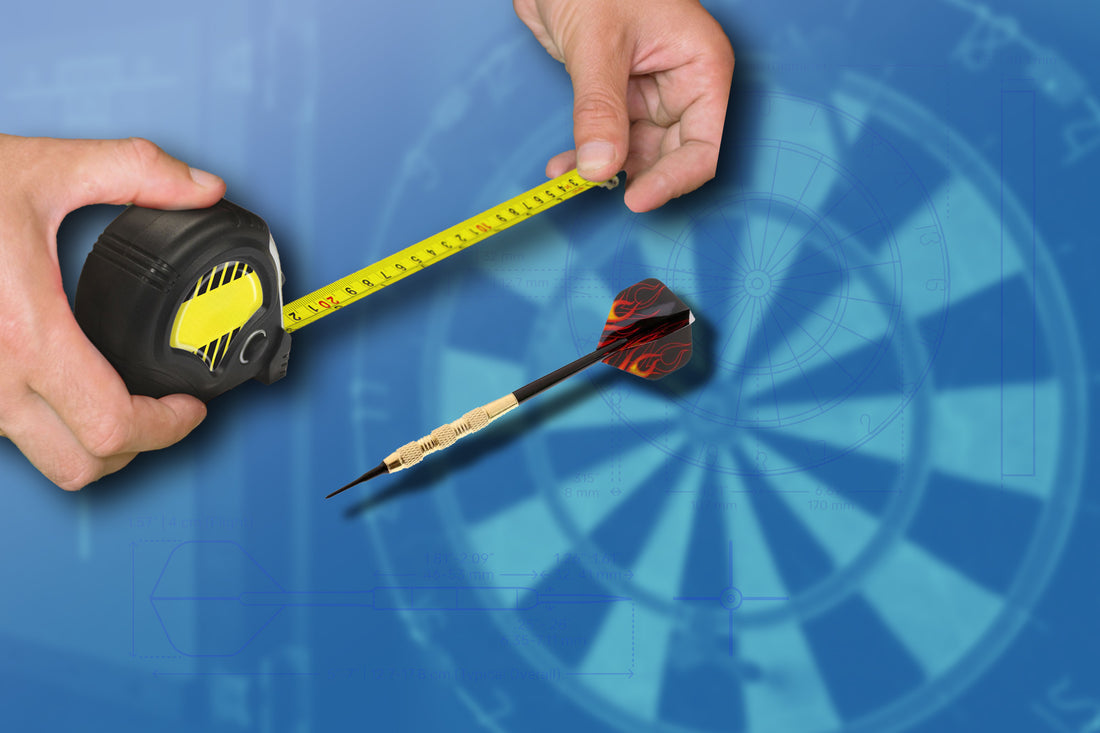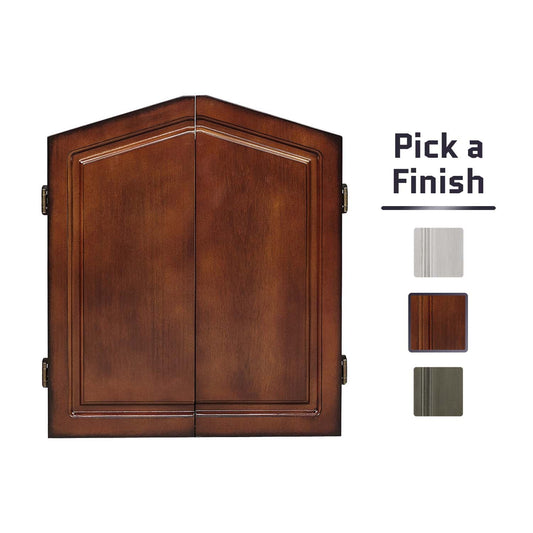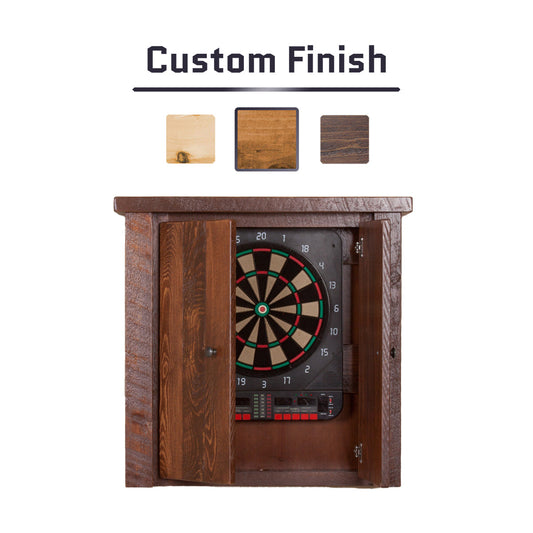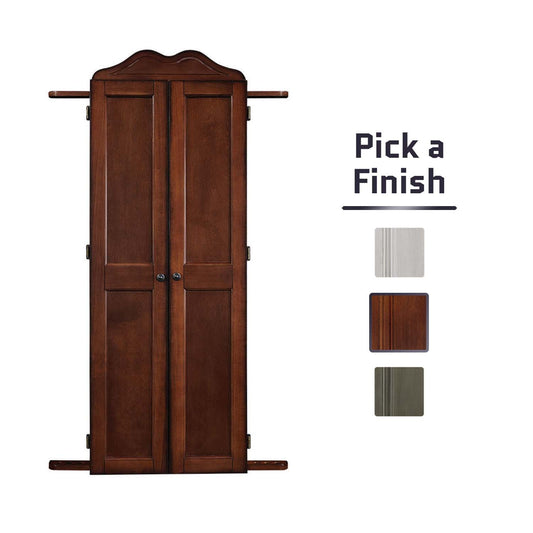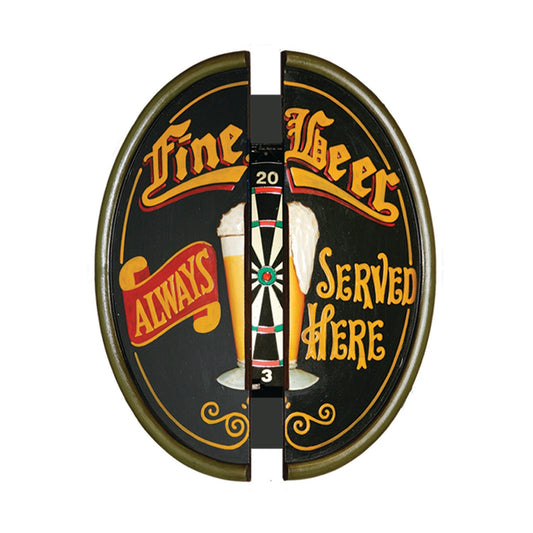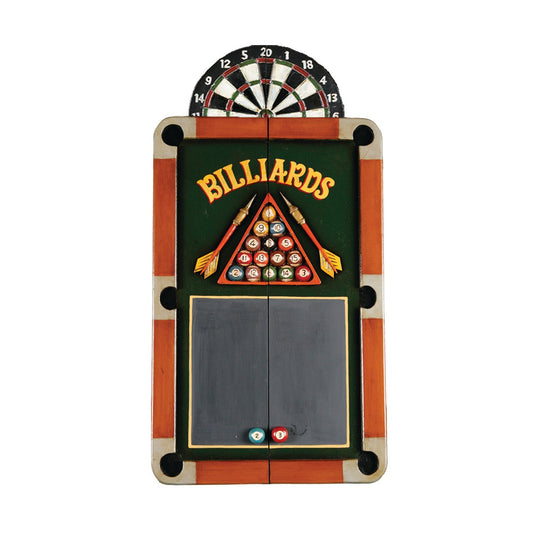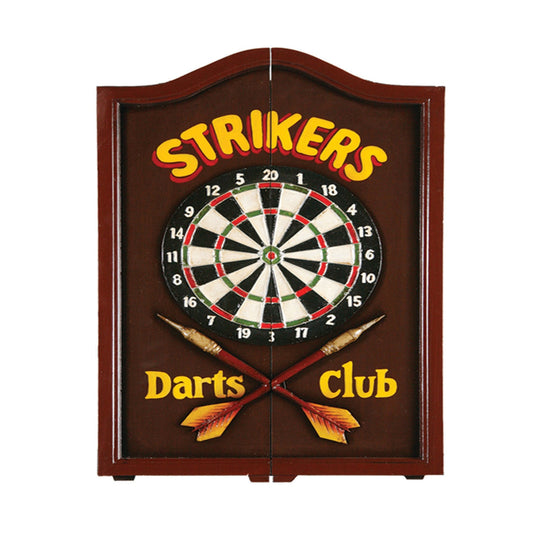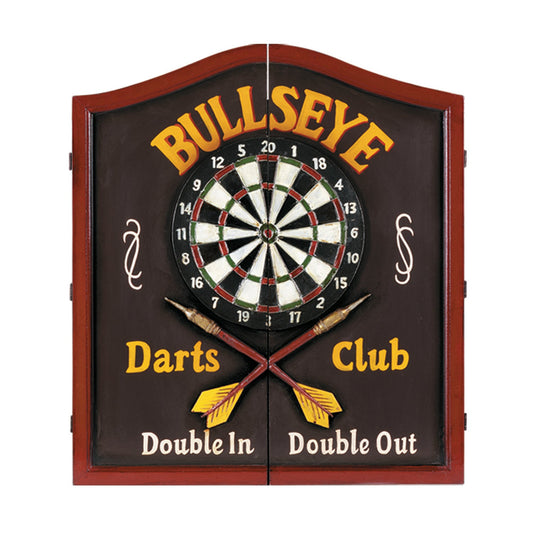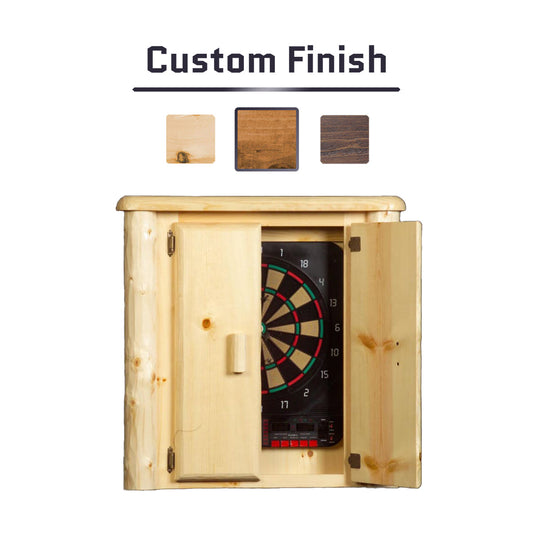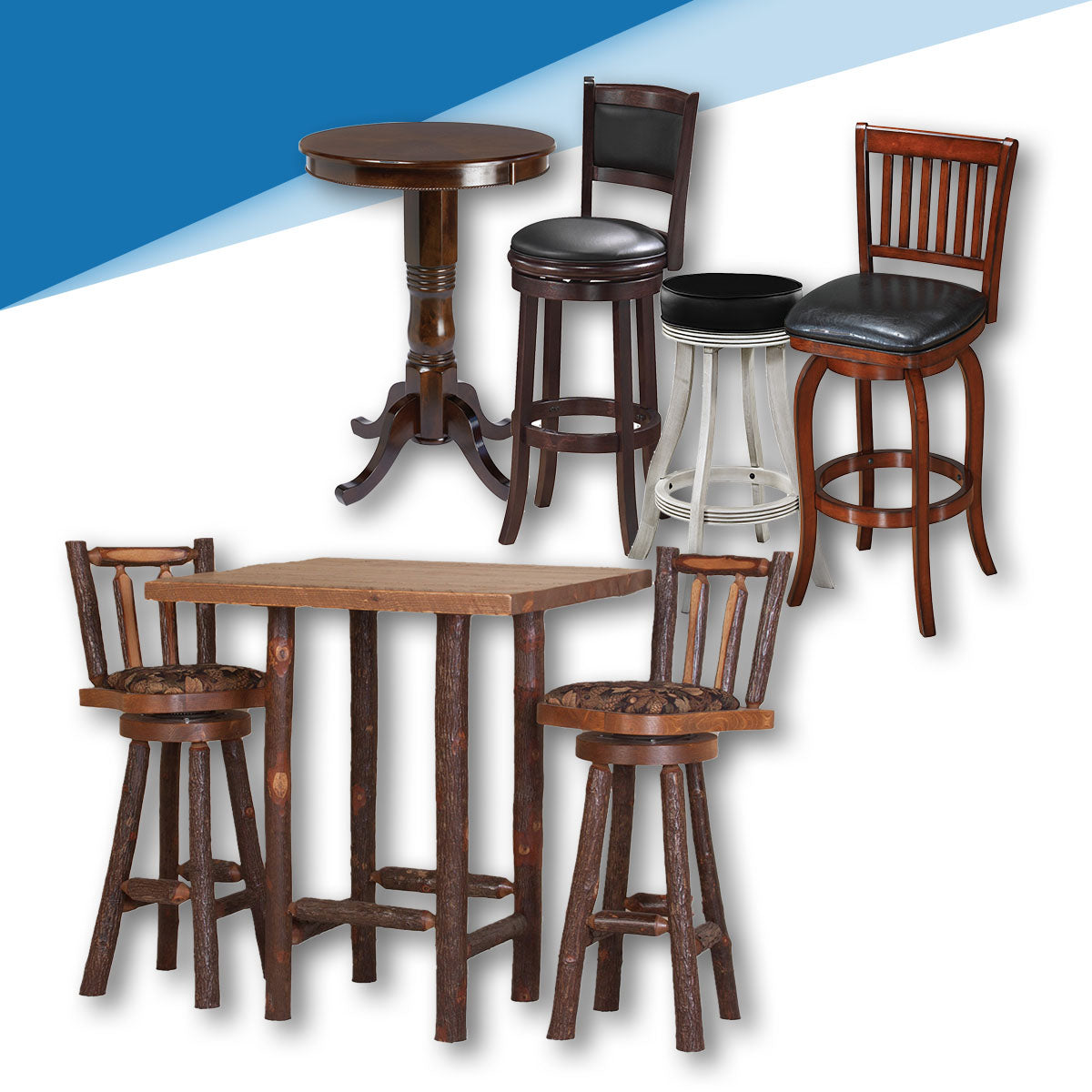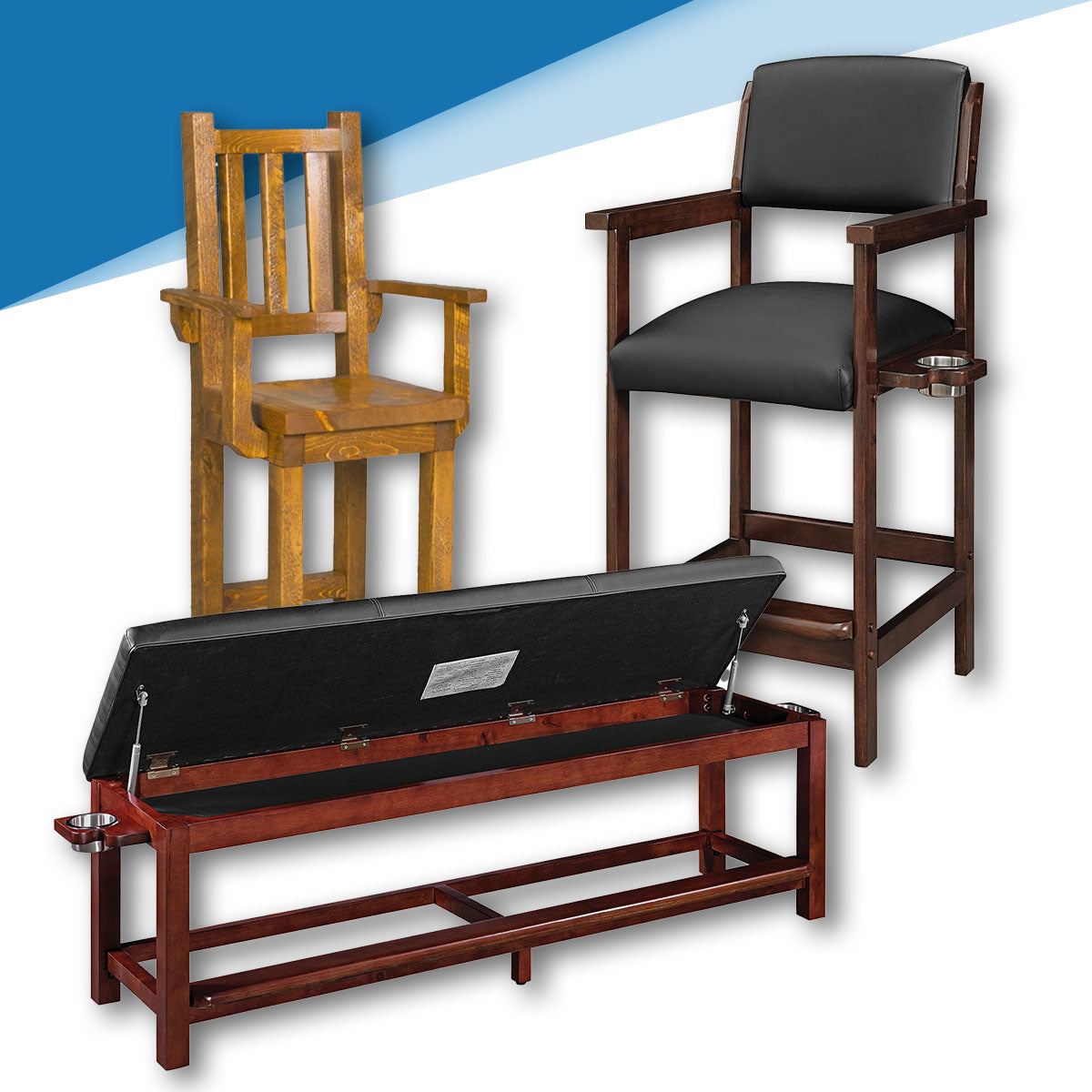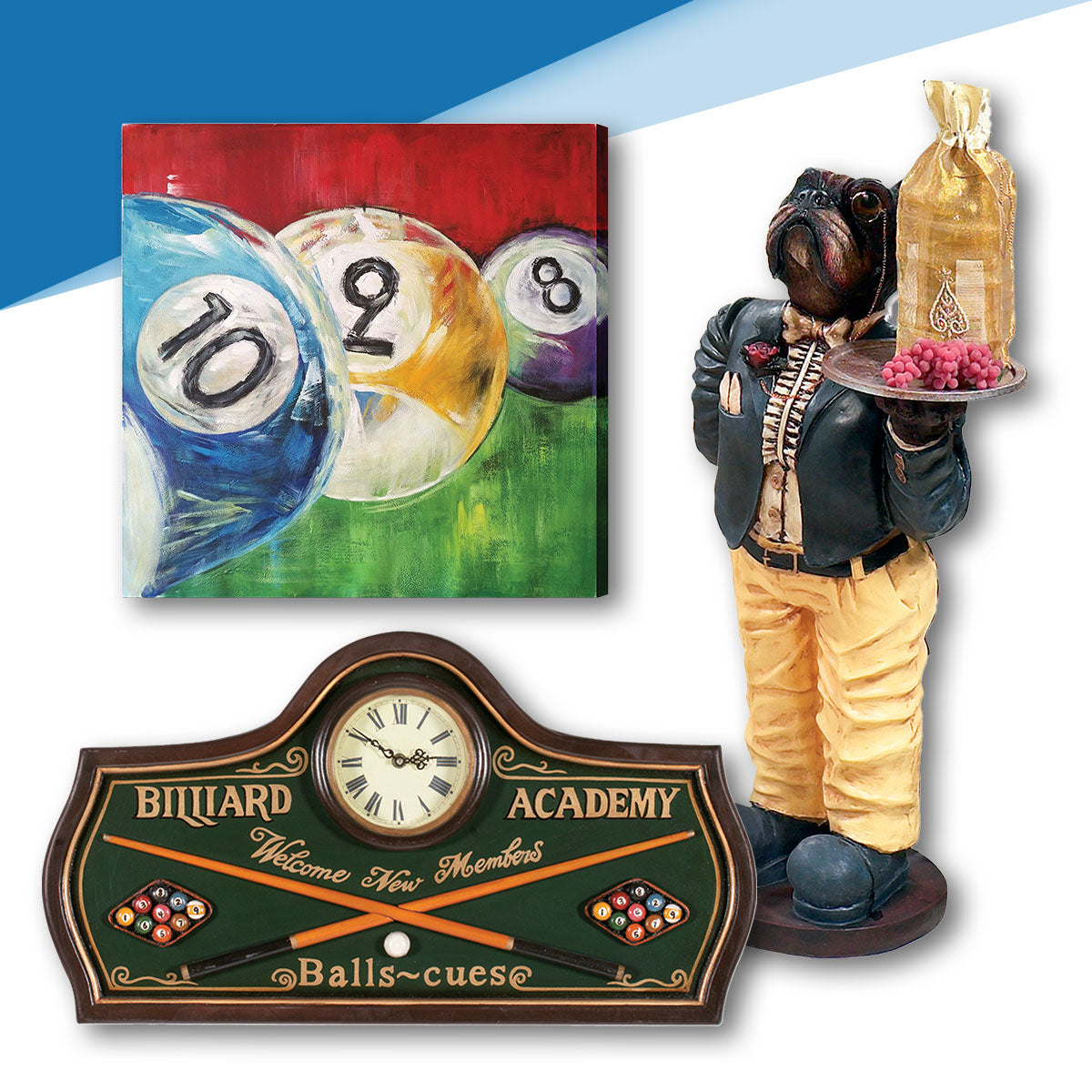Written by Daddy Cappuccino
6-minute read
Hey there, fellow dart enthusiasts and precision seekers! We're back with another riveting exploration into the world of darts, and this time, we're getting up close and personal with darts and dart board dimensions. 🎯
In our previous guide, The Perfect Dartboard Setup: Distance and Height Guidelines, we delved deep into the art of setting up your dartboard with the right distance and height, ensuring a gameplay experience that's second to none. If you haven't checked it out yet, now's the perfect time to brush up on those crucial basics. Just give it a click and we'll wait right here for your return.
Now, armed with that foundational knowledge, it's time to explore the precise dimensions that define the world of darts. Knowing these measurements might not turn you into a dartboard virtuoso, but they'll help making you the go-to authority on setups among your dart-loving friends. So, let's roll up our sleeves and take a closer look at the dartboard.
Table of Contents
- The Anatomy of a Dartboard
- Dartboard Measurements
- Materials Used in Dartboards
- Dart Measurement and Anatomy
1. The Anatomy of a Dartboard
Before we dive into the precise measurements and dimensions of a dartboard, let's take a quick tour of its fascinating anatomy. If you're looking for an in-depth guide on dartboard scoring and rules, don't forget to check out our previous article, Mastering Dart Board Scoring: Rules, Points, and More. Now, let's get acquainted with the basic components that make up this classic game's target.
- The Bullseye sits at the center of the dartboard. It's the prime target for players aiming to maximize their score. The bullseye itself is divided into two distinct sections: the inner bullseye and the outer bullseye. The inner bullseye, also known as the "double bull," is the smallest, worth the most points – typically 50. The outer bullseye, encircling the inner bull, usually scores 25 points.
- The Trebles and Doubles: Moving outward from the bullseye, you'll notice a series of thin, narrow rings, each divided into 20 sections. These rings alternate between treble (triple) and double sections. A dart landing in a treble section scores three times the number on that section, while a double scores twice the number.
- Scoring Zones: The thin bands between the double and treble rings contain the numbered scoring zones. Each section is labeled with a number from 1 to 20, representing the points players can score by hitting that section.

With this quick overview of dartboard anatomy, you're ready to explore the precise measurements and dimensions that define the game's setup. Let's move on to understanding the critical measurements of a dartboard.
2. Dartboard Measurements
Let's take a look into the essential figures that define a standard dartboard's size and proportions.- Diameter: A regulation dartboard boasts a standard diameter of 17.75 inches (or approximately 451 millimeters). This measurement marks the distance across the dartboard, from one side to the other, passing through the center.
- Depth: When it comes to depth, a typical dartboard measures around 1.5 inches (approximately 38.1 millimeters). This depth allows darts to penetrate the board while keeping them securely in place.
- Weight: Dartboards usually weigh between 10 to 12 pounds, equivalent to approximately 4.54 to 5.44 kilograms. This weight range ensures that the dartboard remains stable when mounted on the wall and can withstand the impact of incoming darts.
- Circumference: The circumference, or the measurement around the outer edge of the dartboard, clocks in at approximately 55.78 inches (around 141.69 centimeters).
- Bullseye Height: To position the bullseye correctly, mount it so that its center is precisely 5 feet and 8 inches (or about 172.72 centimeters) above the ground.
- Bullseye Diameter: The bullseye's diameter measures a tiny half-inch (around 12.7 millimeters), making it quite the challenging target.
- Outer Bullseye Diameter: The outer bullseye, which surrounds the inner bull, typically has a diameter of approximately 1.26 inches (about 32 millimeters).
- Center to Outside Treble: This measurement extends from the center of the bullseye to the outside edge of the treble ring and spans approximately 4.21 inches (around 107 millimeters).
- Center to Outside Double: Similar to the treble, the distance from the bullseye's center to the outer edge of the double ring is roughly 6.69 inches (about 170 millimeters).
- Double & Treble Rings: The double and treble rings are the narrow bands located between the numbered scoring zones and the outer bullseye. They each have a width of approximately 0.315 inches (about 8 millimeters).

3. Materials Used in Dartboards
A dartboard isn't just a piece of wood with some numbers painted on it; it's a precision tool designed for countless hours of entertainment. And the material it's made from plays a pivotal role in its performance.
- Sisal or Bristle: Most professional dartboards are crafted from sisal fibers or boar bristles. These materials are tightly packed, offering durability and self-healing properties. When a dart punctures the surface, the fibers naturally close up, reducing wear and tear. It's like magic, but with darts.
- Cork: The core of a dartboard is often made of cork. This lightweight material provides the board with just the right amount of give, allowing darts to stick without bouncing back too much. It's all about that satisfying "thunk" when your dart finds its mark.
- Printed Precision: The surface of a dartboard is a canvas of colors, and each hue has a purpose. The different sections, the outer bull, the trebles, and the doubles—all painted to perfection. These vibrant rings guide your aim and make the game visually engaging.
- Metal Magic: Don't forget those metal wires that separate the segments. They're not there to be annoying (well, maybe a little). They help define the scoring zones and ensure fairness in the game. They might get in the way sometimes, but they're essential for a level playing field.
So, there you have it. Behind every bullseye is a carefully crafted dartboard made from the finest materials. It's a harmonious blend of sisal, cork, and meticulous design that turns a simple game of darts into a thrilling test of skill. The next time you step up to the oche, you'll have a newfound appreciation for the board that awaits your toss.
4. Dart Measurements and Anatomy
You might think of darts as little more than pointy sticks you throw at a board, but there's a lot more going on in that sleek design. Let's take a closer look at the components that make up your trusty dart.
- The Point: We start with the tip, or point, of your dart. This is the part that meets the board first. Points can be either fixed or movable, and they're usually soft to prevent injuries (and wall damage) when things get a little wild.
- The Shaft: The shaft is the middle section of your dart, and it's what you grip when you're getting ready to unleash your throw. These come in various lengths and materials, allowing you to customize your dart for a comfortable fit.
- The Grip: Ever notice those grooves or patterns on the front part of a dart's shaft? That's the grip, and it's there to give you better control over your throw. It's like the steering wheel of your dart.
- The Flight: The flight is the back end of your dart, and it's crucial for stability in flight. Made from materials like feathers or plastic polymers, the flight keeps your dart on target and ensures it doesn't wobble or veer off course.
- Dimensions: Darts have a typical overall length ranging from 5 to 7 inches (12.7 to 17.8 cm). The barrel, the central part of the dart, can vary in diameter from 0.25 to 0.28 inches (6.35 to 7.11 mm), and its length spans from 1.81 to 2.09 inches (46 to 53 mm). Points come in two lengths: 1.26 or 1.61 inches (32 or 41 mm). The ideal mass of a dart falls between 0.63 and 0.92 ounces (18 to 26 grams).
- Flight Width: Darts have a standard flight width of 1.57 inches (4 cm). This wide, fin-like part is responsible for keeping your dart steady as it glides through the air.
Now that you're well-acquainted with the anatomy of your dart, it no longer looks like a random stick with a pointy end.

And there you have it! We've embarked on a journey through the world of dart measurements, exploring the intricate details that make up both the dartboard and your trusty darts.
Understanding the dimensions of your dartboard and the design of your darts might not instantly transform you into a dart-throwing champion, but it does deepen your appreciation for the precision and science behind this classic game.
So, the next time you pick up a dart and aim for that elusive bullseye, you'll do so with a bit more knowledge in your arsenal. And who knows, maybe those carefully measured darts will find their mark more often than not.
🍻 Cheers to your darting adventures, and we'll see you in our next article! 🎯✨

